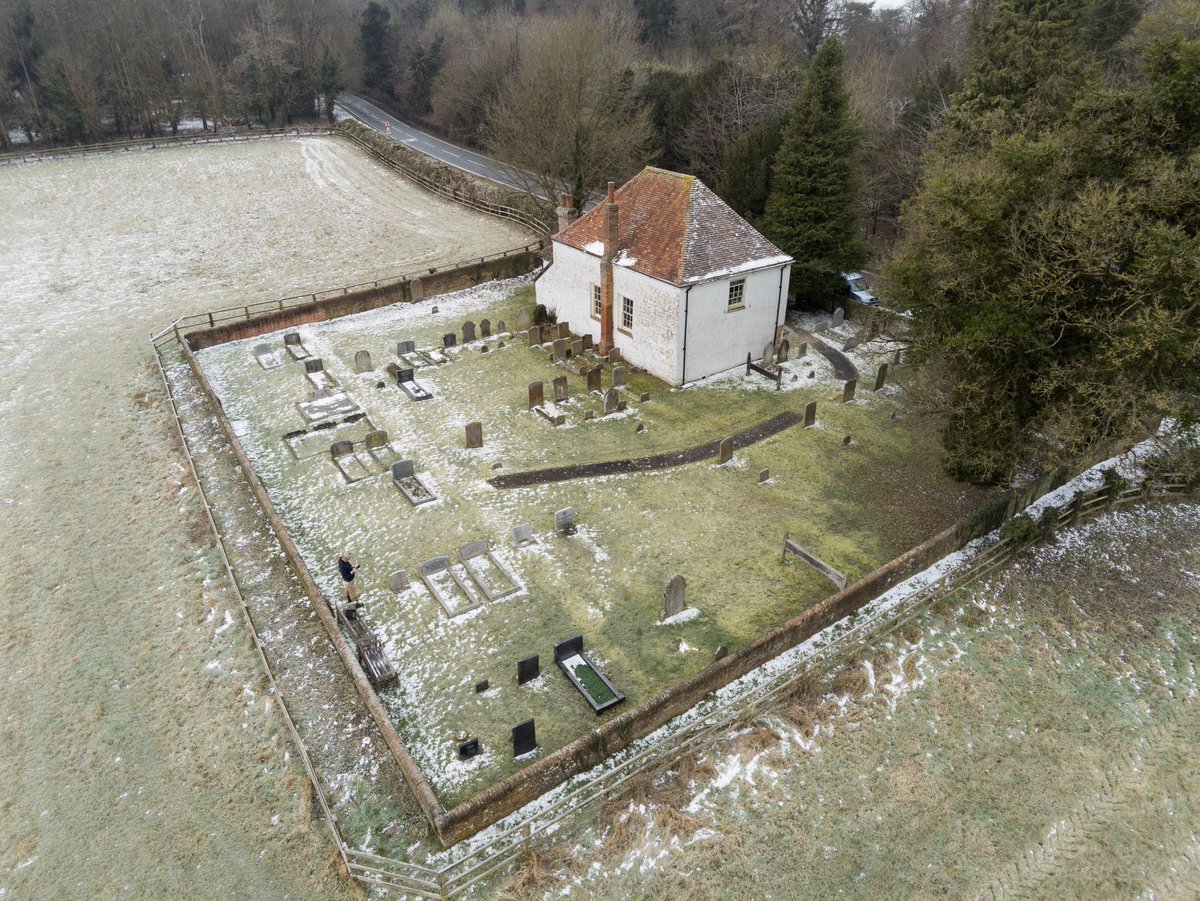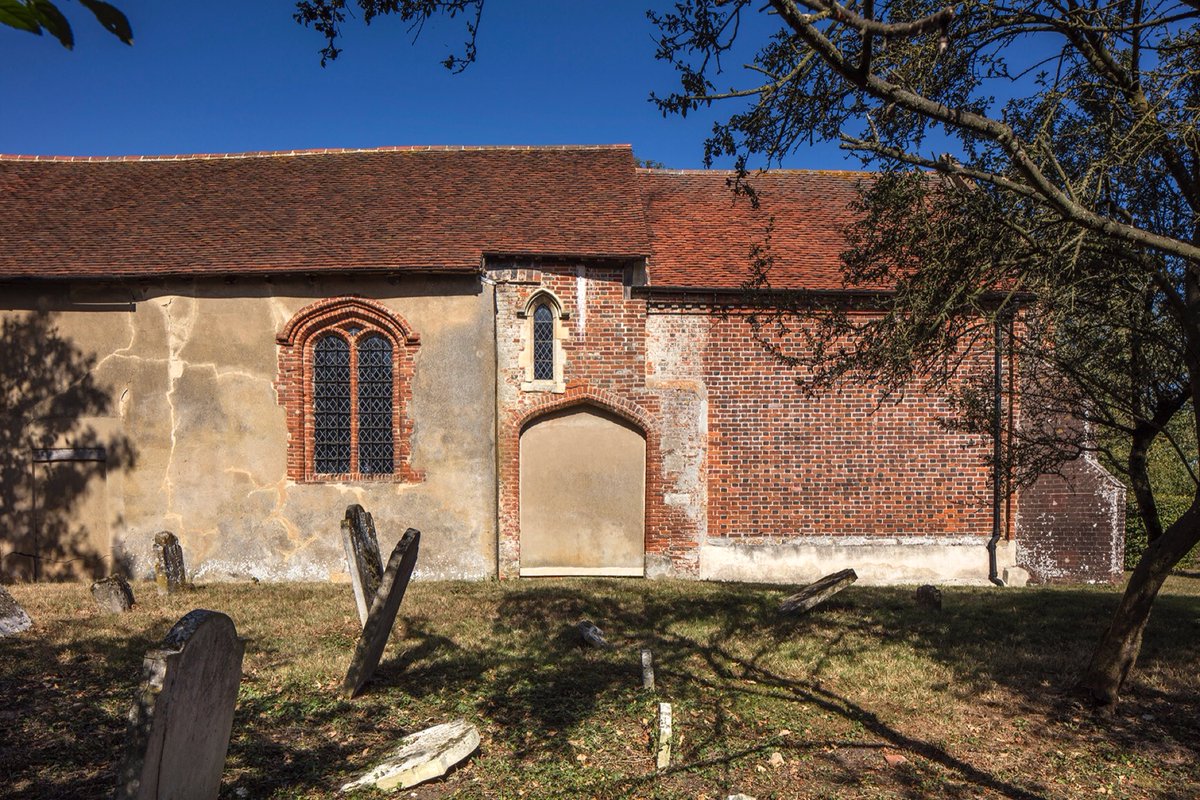
Hundreds of cars catch a glimpse of the white-washed chapel at Waddesdon every day as they whizz past.
Few stop.
If they did, they’d find an iron arc, a survivor from a time when the dead didn’t rest in peace. When fresh bodies had to be secured with mortsafes.
#thread
Few stop.
If they did, they’d find an iron arc, a survivor from a time when the dead didn’t rest in peace. When fresh bodies had to be secured with mortsafes.
#thread

Mortsafes – complex metal cages of rods, plates and locks - began to appear around 1816, when grave-robbing was rife. This was a time of great advances in medicine and understanding of anatomy, but there was a limited supply of corpses to dissect and learn from.
2/
2/

Until this point, medical study was limited to the cadavers of executed criminals. The demand for bodies created an underground market. Under cover, resurrectionists (or resurrection men) dragged carcasses from their coffins and sold them to science.
3/
3/

To protect the dead, mortsafes were locked over a coffin. They stayed in place for about 6wks – til the body had sufficiently decomposed and was no longer of interest to grave-robbers. Then, the mortsafe could be unlocked and re-used. But some were intended to be permanent.
4/
4/

In ‘Bodysnatchers: Digging Up the Untold Stories of Britain’s Resurrection Men’, @DiggingUp1800 writes how parishes "would often purchase one or two mortsafes and subsequently hire them out as required”.
5/
📸: Mortsafes in Cluny kirkyard taken by Martyn Gorman
5/
📸: Mortsafes in Cluny kirkyard taken by Martyn Gorman

A non-conformist place of worship, the chapel at Waddesdon Hill is on the outskirts of town. It’s alone in a patchwork of fields. The burial ground hidden behind the chapel. Out of sight. An easy place to disturb the dead. It’s easy to see why a mortsafe would be needed.
6/6
6/6

• • •
Missing some Tweet in this thread? You can try to
force a refresh

















